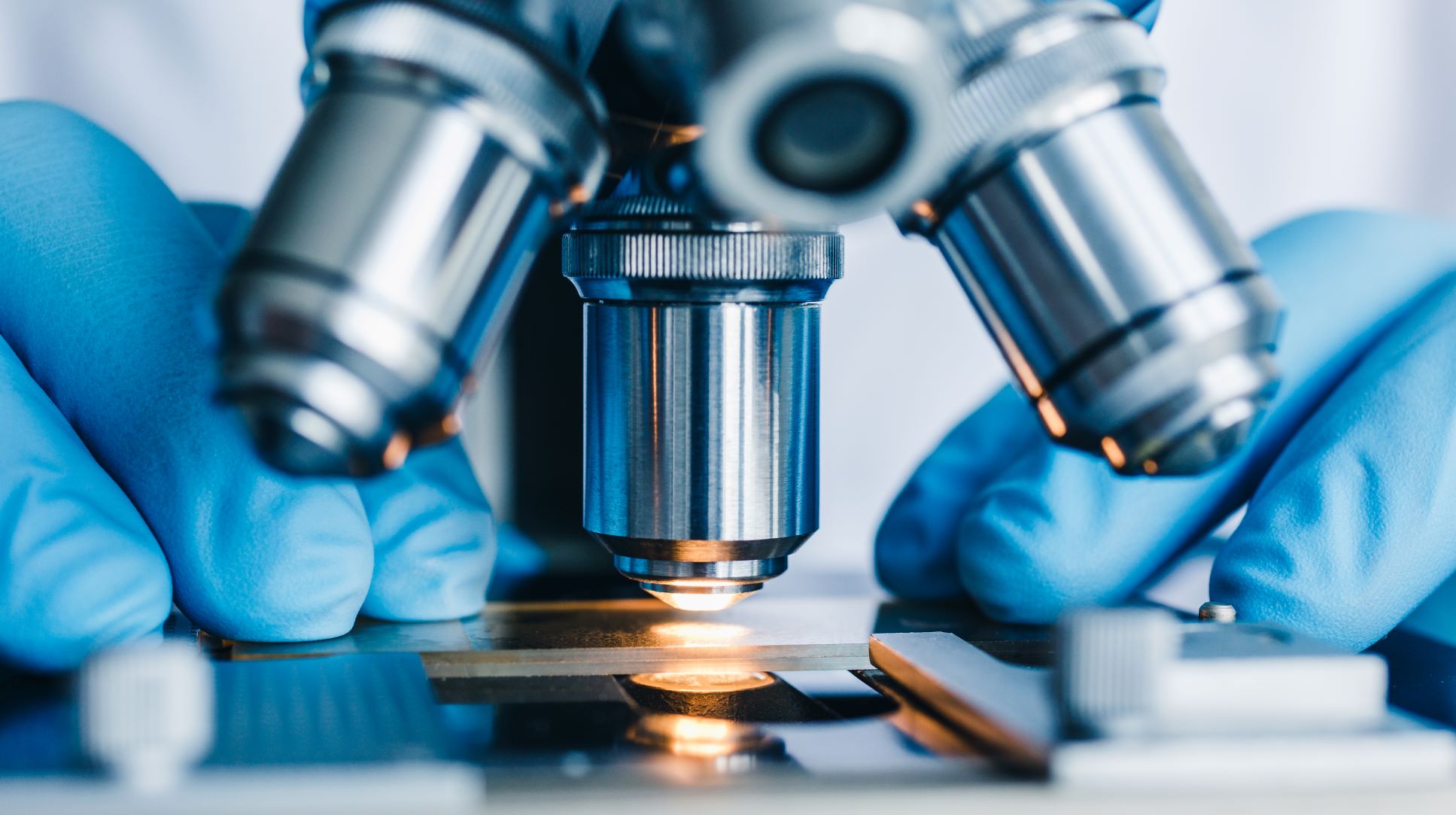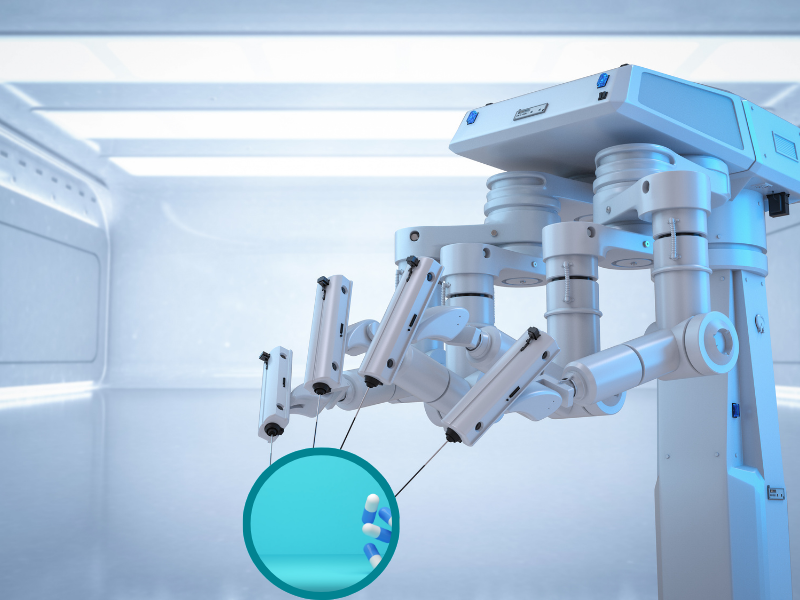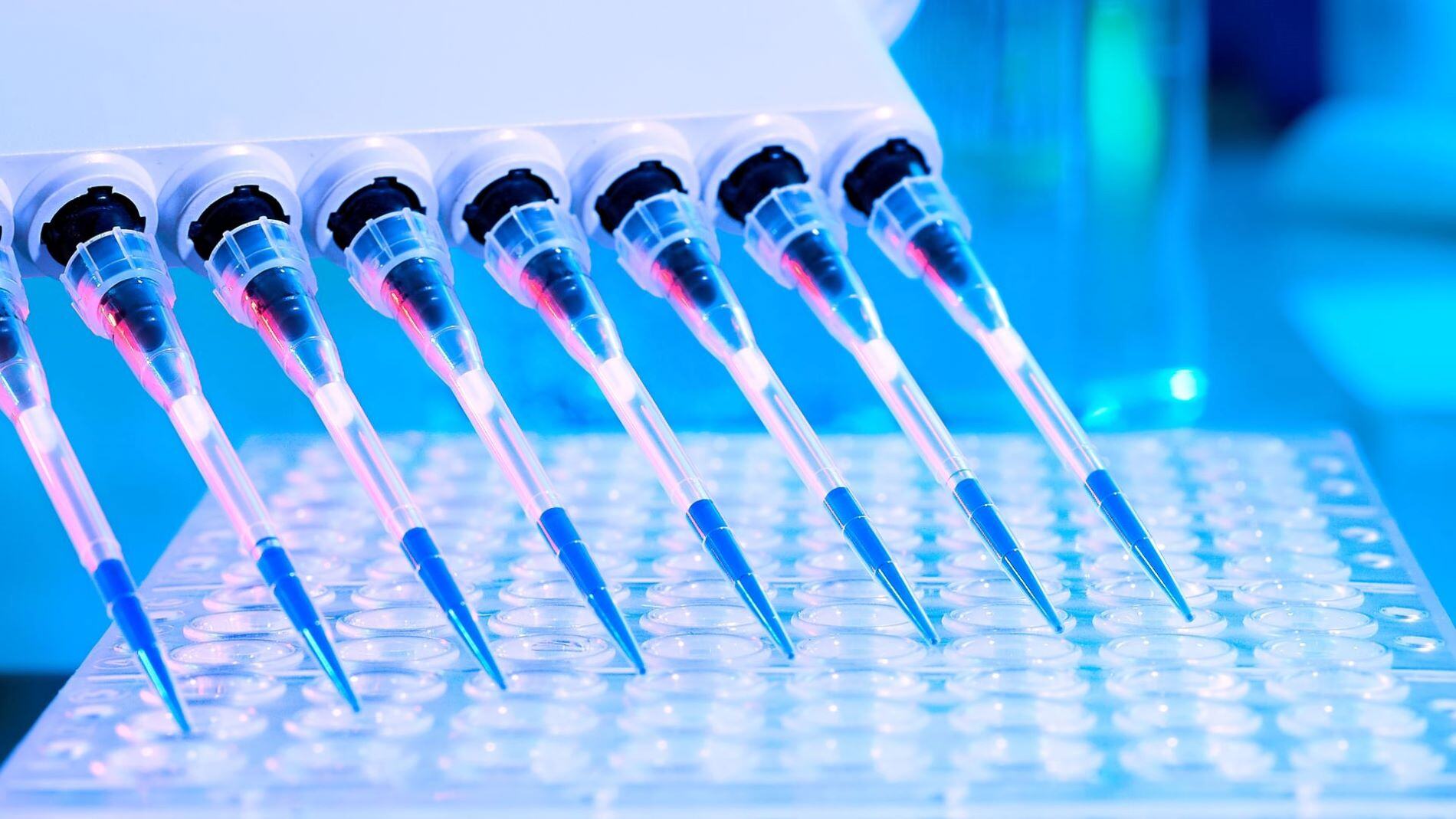End-To-End Automation: A Journey Towards Heightened Laboratory Efficiency

Presented by: Len Blackwell, Associate Director at Biogen
Edited by: Oliver Picken
During Oxford Global’s Pharma Data & SmartLabs UK event in 2021, Len Blackwell, Associate Director at Biogen, gave an insightful presentation on laboratory automation. This article presents a condensed overview of his work and his company’s progress in implementing end-to-end (E2E) automation.
Dr. Blackwell is a leader at Biogen who brings efficiency to the laboratories through automated processes, including robotics and data processing. He has worked in academia, biotechnology, and biopharmaceuticals with various companies and institutions. Blackwell is passionate about realising complete laboratory automation in the biopharmaceutical space. He received his Ph.D. in Biochemistry at New York University. He completed a post-doctoral fellowship with Dr. Paul Modrich at Duke University, who won the Nobel Prize in 2015 for his lifetime achievements in DNA mismatch repair.
Blackwell explains his team’s position in the company as supporting Biogen’s scientists in the execution of their analytical methods. “We provide automation of laboratory workflows, both of information and the instruments that our analytical methods rely on.”
Small Scale Purification and PQ Screening of Protein Biotherapeutics
The first solution for end-to-end automation Dr. Blackwell shared was for the support of small-scale purification of protein biotherapeutics. “This is a workflow where we receive the raw material from cell cultures,” he explained. “That raw material is then purified into our biologic. Then the biologic is analysed through a series of product quality tests to ensure that the molecule is robust and representative of the best therapeutic we can deliver.”
- Autologous CAR-T Cell Production: Overcoming Logistical Challenges
- AI and ML for Target Validation & Lead Optimization
- Pharma Manufacturing: Digitalization and Industry 4.0
Blackwell said that what appealed to him about this end-to-end solution was the combination of robotics on the front-end. “But also on the back-end, there’s an aspect of Data Automation, where inputs and outputs to the process are captured and utilised by the analyst. Here in these scenarios, analysts are able to use the robotics in a simple way, making this workflow very robust and efficient.”
Cloud Based Platforms: Integrating Operating Systems
The next example Blackwell shared focused on informatics. Biogen are using a cloud platform to capture combined liquid chromatography (LC) and mass spectrometry (MS) data, processing the results for real time visualisation. He explained that the approach provides a system with zero human interaction that ensures robust results.
“The results that we provide through this analytical test are exactly what we say they are because we’ve ensured that the hardware is operating as expected, and that the reagents we use are also robust as well.” Blackwell added that this system was fully automated and provided 'ready to explore' results, utilising built-in controls into the test platform to ensure that the data is reproducible. “If one were able to do this manually, you could imagine, we wouldn’t not necessarily get 100% compliance,” he added.
Beckman Coulter Vi-CELL Data Capture
The Beckman Coulter VI-CELL is an instrument that monitors cell growth. Analysts put their samples in this instrument throughout a two-week study, creating an account of cells and visual data. “In its current state, this was all a manual flow of information where operators were using USB sticks to move information saved on an Excel spreadsheet to our ELN (Electronic Lab Notebook) environment, where they’re able to follow the cell growth chart,” Blackwell explained. “Periodically, they archive this information again by moving the data to a network drive. Unfortunately, this creates a problem with data integrity as human error meant that not all the files were moved.”
Human error presents a risk for results validity. “If you multiply this workflow by the number of instruments, the studies and the number of time points, you’re talking about a large amount of potentially missing information,” Blackwell continued. “Now, in collaboration with TetraScience, we’re able to use their technology to capture that information in a fully automated workflow.” In this instance, numerical and image data are placed in the cloud by agents, where researchers can then act on that information with Python code to deliver automated results with simple scripting. “So now, the manual processes are completely eliminated, and you can follow growth chart monitoring in real time,” said Blackwell.
In summary, Blackwell and his team have achieved three important objectives in pursuing end-to-end automation. First, they have automated the workflow and second, they now have an efficient archiving method that is also automated. Finally, image data can now be explored to provide new insights.
End-to-End Automation: Final Thoughts
Blackwell concluded his presentation by saying that each company has a collection of customised solutions. “But I feel that these solutions are not unique to laboratories, whether you’re in a pharmaceutical company or even in an academic lab,” he said. “So having consistent solutions is very important. And where vendors can help in this is by making analytical data fair, using data standards, and not locking data into proprietary systems. As you can see, if we’re to achieve a scientific data cloud, proprietary information and systems are a hurdle.”
For more information on laboratory automation, join us in London for our upcoming Pharma Data UK: In-Person conference. This event will host over fifty presentations, case studies and discussions while bringing together over 250 key opinion leaders working in the pharmaceutical technology sector.







